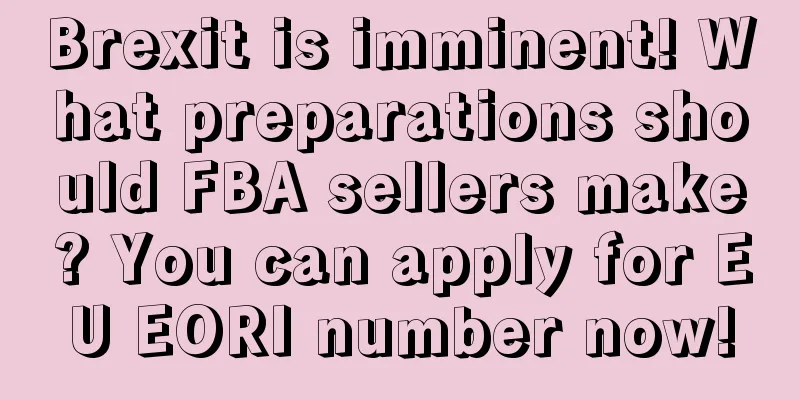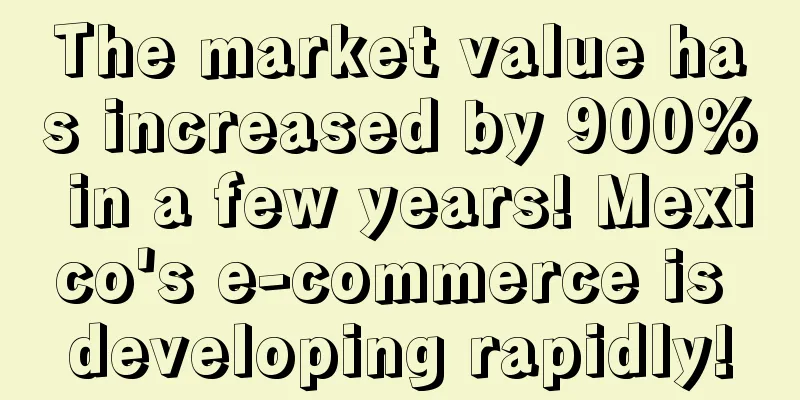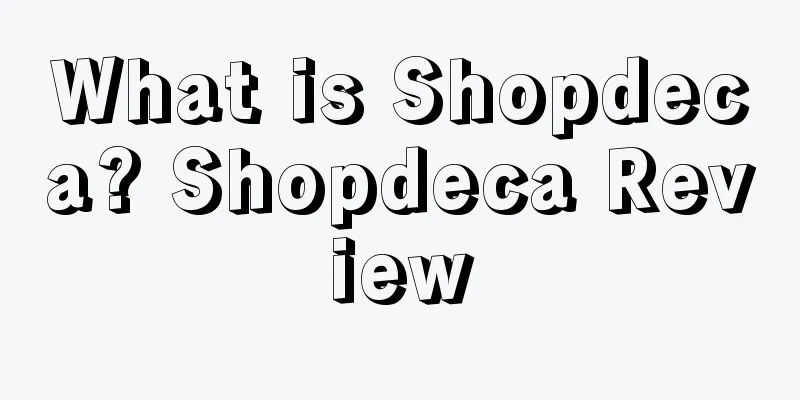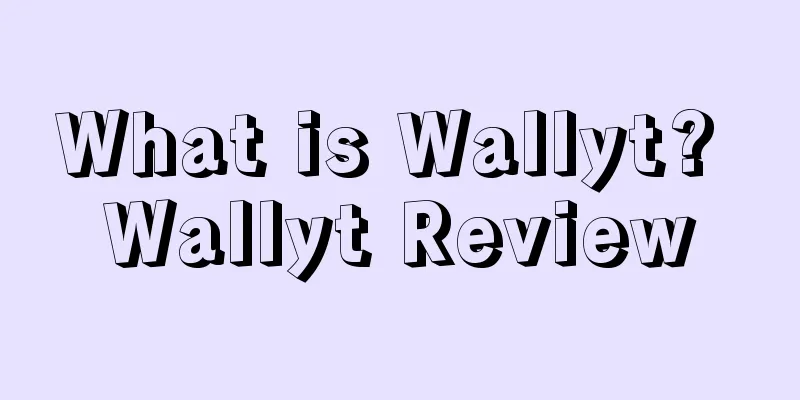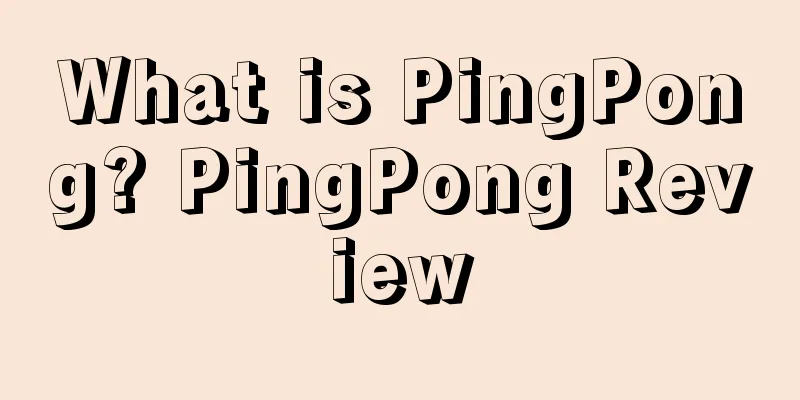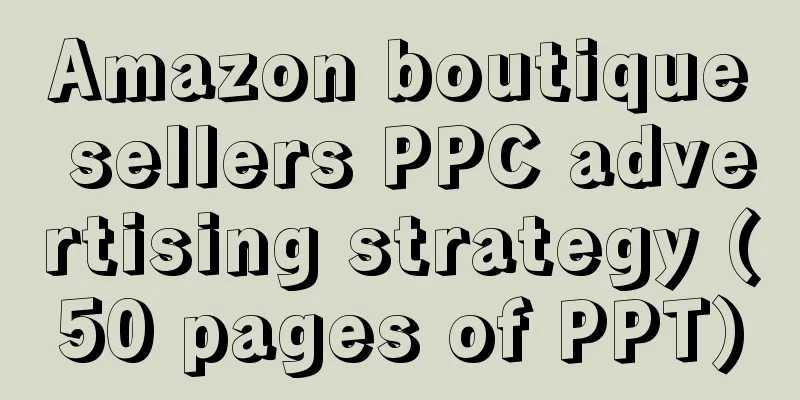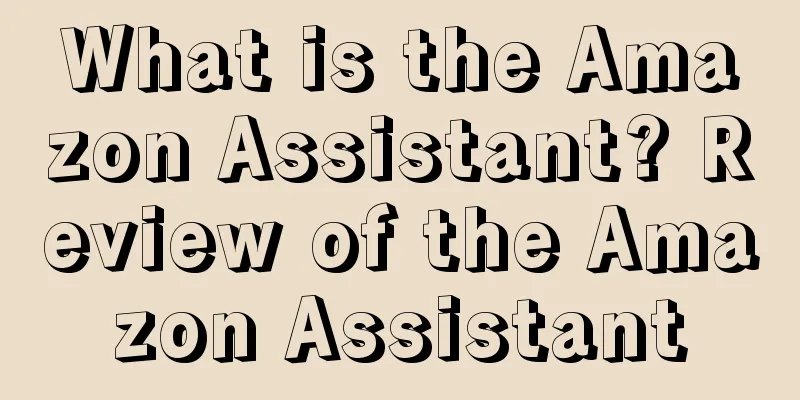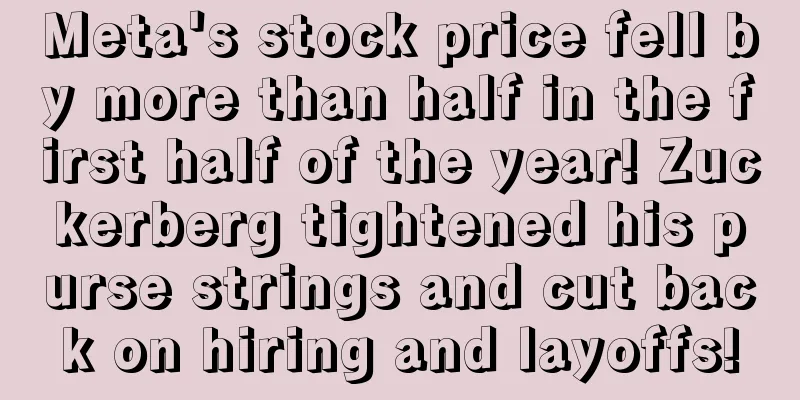What are claims? Claim evaluation
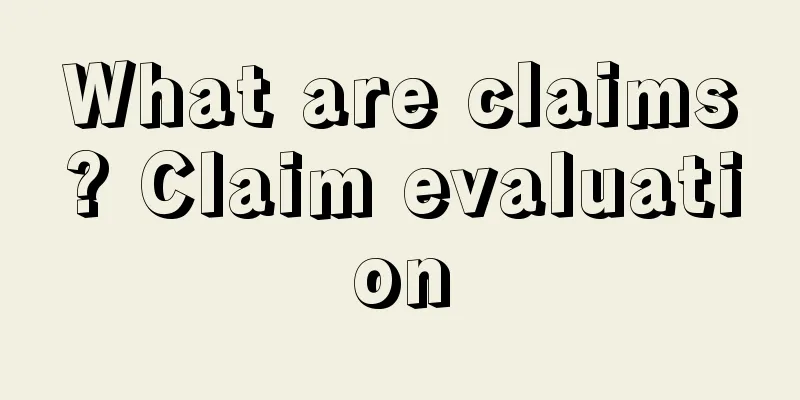
|
Claims refer to the part of a patent or patent application that consists of a series of numbered expressions, or more accurately, noun phrases, in addition to the description . Claims define the scope of protection given by the patent or patent application in scientific terms. They play the most critical role in both patent applications and patent litigation . Specific explanation Claims often contain precise language. Certain words used extensively in claims have very specific meanings determined by previous court decisions. These meanings may differ from their ordinary meanings. For example, in U.S. patent claims, the word "comprise" means "at least includes." In contrast, the word "consists" means "only includes," and this can result in a very different scope of protection for a patent. Additionally, in patent practice, at least in the United States, inventors of a patent application can "be their own lexicon." This means that the inventor can give a common word or phrase a very different and special meaning from its usual definition. Therefore, the interpretation of the claims must rely on the meaning of the words in the patent's "specification." A patent's "specification" is a written description of how to make and use the invention. For example, a claim may be written as follows: "A method for treating a liquid, comprising the steps of: ..." "A rolling screen for screening soil, consisting of a rolling screen and a bracket..." "The utility model includes a pulley and a seat body, and is characterized in that: ..." "An device for catching mice, comprising a base member for placement on a flat surface, a spring member..." "A chemical for cleaning windows, comprising approximately 10–15% ammonia, ..." In order to exclude others from using a patented invention, the owner of the patent (the patentee) needs to prove in court that what others are using falls within the scope of the patent claims. Therefore, the fewer the number of limitations that distinguish the invention from the so-called prior art, the more valuable the claim. On the other hand, the fewer limitations a claim contains, the greater the chance that it will be covered or "read" by the prior art, and it is easy to be rejected during the examination process or later declared invalid due to lack of novelty. history Patents have not always included claims. In many European countries, many patents did not include claims before the 1970s. At that time, it was difficult (and subjective) to determine whether a product infringed a patent, because the only way to understand the scope of the patent was to analyze the patent specification in light of prior art. Claims have been a required part of U.S. patent applications since the enactment of the Patent Act in 1836. However, even within patent legal systems that use claims as a reference for determining the scope of a patent, there are great differences in the way claims are used. Traditionally, there are two systems of claims:
Claims are a unique concept in the patent system; a claim is a "written work" with a relatively fixed format. The claim itself is a technical solution and a high-level summary of the content of the invention. In essence, it is the object of patent right and has dual attributes: factual attributes and legal attributes. Basic types There are two basic types of claims:
When a claim of a particular kind (see below), such as a product claim, is dependent on a claim of another kind, such as a process claim, it is not considered a dependent claim but an independent claim (at least under the EPC). Claims can also be classified according to what they “claim.” A claim can refer to
Claims Beauregard Claims In U.S. patent law, a Beauregard claim is a computer-readable medium claim named after the Beauregard case. Business method claims A business method claim is one that describes a technology related to a business, such as a particular method of advertising a product or a particular method of communicating with customers. Each element in this type of claim is in the form of a verb phrase, i.e., each step is preceded by a verb. This is in contrast to a device claim, which uses a noun phrase, i.e., each recited element is preceded by a noun. Each noun is preceded by the word "a" the first time it is used, such as "a screen." Subsequent references would refer to "the screen" if it is an important element, or "the screen" if it is a secondary element. It is inappropriate and illogical to mix noun phrases and verb phrases in a claim. The same is true between an independent claim and its dependent claims. Gibson claims In US patent law, a Gibson claim is a method or product claim in which one or more limitations are expressed in a novel way that is different from the preceding part. For example, they can be written as: "A system for storing information includes... wherein the improvement includes:". In US practice, patent examiners of the USPTO may cite the contents of the preceding part as "applicant's acknowledged prior art" in patent applications to reject Gibson claims based on obviousness of USC103(a), and may also use them as "applicant's acknowledged prior art" to reject other independent and dependent claims based on obviousness of USC103(a). In a crowded art field, Gibson claims are very useful for attracting the examiner's attention to the novelty of an invention without requiring the applicant to make representations to the examiner or to amend the patent application, which could be detrimental to future patent litigation, as was the case in the Festo decision. This type of claim takes its name from a case, Ex parte Jepson, decided in 1917. Markush claim A Markush claim or structure, used primarily in the field of chemistry, is a claim that has multiple "functionally equivalent" chemical components in one or more of the compounds. According to the definition in Patent Law for the Nonlawyer (Burton A. Amernick; 2nd edition, 1991), “In claims to ... a compound of ingredients, it is sometimes important that an alternative is a group of ingredients that are functionally equivalent to the invention.... Claims to groups such as synthetic groups are allowed and are called “Markush groups” since the inventors in the first case...earned the right to do so.” If the patented compound includes several Markush groups, the number of possible compounds may be very large. No patent database can generate and index all possible permutations. This is problematic for patent researchers looking for a specific chemical to try to find all patents with Markush structures that include that chemical, even if the index of these patents does not include the appropriate specific compound. This is why a database capable of searching for chemical substructures is essential. Markush claims are named after Eugene Markush, the inventor who first successfully used this type of claim in a U.S. patent in 1920. Means-plus-function claim A means-plus-function claim is a claim that includes a technical feature described in terms of some function, such as "means for converting a digital electrical signal into an analog electrical signal." Means-plus-function claims are governed by 35 USC 112, paragraph 6. The elements of a means-plus-function claim are limited to the application structure corresponding to the function performed, and include all equivalents thereof. Multiple claims Multiple claims are those that include references to the specification or drawings but do not describe any direct technical features of the product or process. For example, they may read "'apparatus as described in the specification" or "an x as shown in Figure y". Multiple claims are prohibited under the European Patent Convention "unless absolutely necessary", but are allowed by some national patent offices, such as the UK Patent Office. Article-by-process claims Article-by-process claims are those in which the article is defined by the process by which it is made, particularly in the pharmaceutical and chemical industries. For example, they may be written as "the product obtained by the process of claim X," "the product made by the steps of...", etc. According to European practice, they should be interpreted as "a product obtainable by the claimed process...". They are only allowed if the product is patentable and if the product is not sufficiently defined on its own (by reference to its composition, structure or other testable parameters, without any reference to any process). The scope of protection conferred by article-by-process claims should not be confused with the scope of protection conferred by pure process claims, where the product is obtained directly by the claimed manufacturing process. In the United States, case law has established that even products that can be adequately described by structural elements may be subject to article-by-process claims. Swiss-type claim Swiss-type claims, or "Swiss-type use claims", are claims that cover a second or subsequent medical use (or indication) of a known substance or compound. Consider a compound that is already generally known and has one medical use (e.g., treating headaches). If it is later discovered to have a second medical use (e.g., repairing hair loss), the person who discovered this property will also want to protect this new use by obtaining a patent. However, the substance itself is known and cannot be patented. It is not novel under Article 54 EPC. Also the general concept of a medicinal formulation does not include this compound. It is known from the first medical use and therefore does not have novelty under the convention. Only the method of treatment is new. However, the method of treatment of the human body is not considered an invention because it is susceptible to industrial application under European patent law and therefore is not patentable. The EPO Board of Appeal resolved this problem by allowing claims to cover "the use of substance X in the manufacture of a medicament for treating condition Y". This met both the legal requirements (it claimed a method of manufacture, not a method of treatment) and the pharmaceutical industry's needs. Because such claims were first allowed in Switzerland, they are also called "Swiss-type claims". |
<<: What is Benniao Social? Benniao Social Review
>>: What is Makeronly.com? Makeronly.com Review
Recommend
U.S. e-commerce logistics performance strong in the first quarter of 2024
Recently, according to foreign media reports , Par...
What is Thread? Thread Review
Founded in 2012 by co-founders Kieran O'Neill ...
"The Art of War" is a bestseller overseas! Has "Kuang Biao" become an overseas sales expert?
On the evening of February 1, the hit drama "...
What is Qingdao Sirui International Logistics Co., Ltd. Q? Qingdao Sirui International Logistics Co., Ltd. Q Review
Qingdao Sirui International Logistics Co., Ltd. pr...
What is "You can't register Messenger without a Facebook account"? "You can't register Messenger without a Facebook account" review
Facebook has many derivative applications. Its ins...
Amazon launches Black Friday pre-event, kicking off on November 17
It is learned that on November 6, Amazon announced...
What is NinjaOutreach? NinjaOutreach Review
NinjaOutreach is a blog outreach software for digi...
Earn 2 million a year! Working alone! The seller actually relies on this method...
I once heard a seller complain: I have been workin...
How can fully managed merchants going global escape the low-price cycle?
“Many platforms sell shoes with the same style as ...
Alibaba's cross-border B2B business grew 29%! "Made in the USA" performed outstandingly!
<span data-shimo-docs="[[20,"获悉,据外媒报道,在202...
Following the United States Postal Service, FedEx also announced its peak season surcharge!
It is learned that following the United States Pos...
What is Tosharing? Tosharing Review
Tosharing is an e-commerce company focusing on Sou...
Is the collapse of Silicon Valley Bank the last straw? A large number of sellers are fleeing Etsy
According to the latest report from Modern Retail,...
American social e-commerce Flip raised $60 million in Series B financing! Valuation: $500 million!
<span data-docs-delta="[[20,"获悉,美国社交电商平台&q...
Snowstorm blocks roads, 75 Amazon FBA warehouses closed, what do you need to do?
According to CNN, winter storms have hit many sta...

